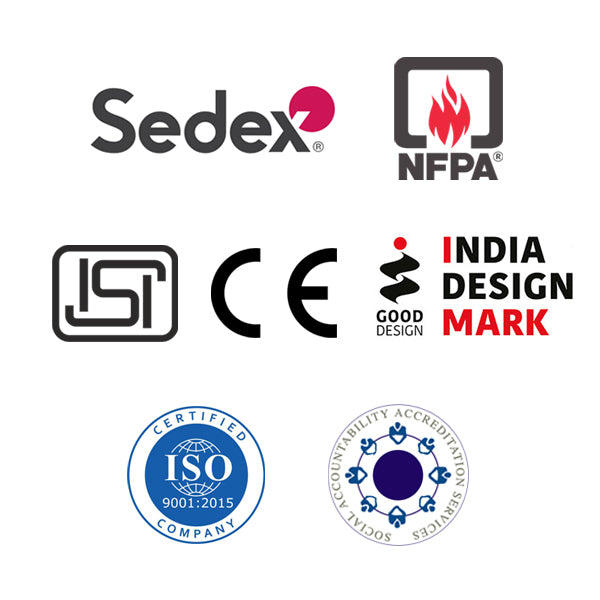P35NBD
Share
Seamless Nitrile Gloves
-
Lightweight & Flexible: 15-gauge seamless design with a grey polyester liner offers excellent dexterity and comfort for precision tasks.
-
Enhanced Grip: Black nitrile finger-dipped coating with a foamy finish provides a strong, slip-resistant grip in wet and oily conditions.
-
Durable Protection: Nitrile coating adds abrasion and puncture resistance while maintaining breathability for all-day wear.
EN 388:2016+A1:2016
Delivery & Services

Easy Return
with our 15 days return poicy
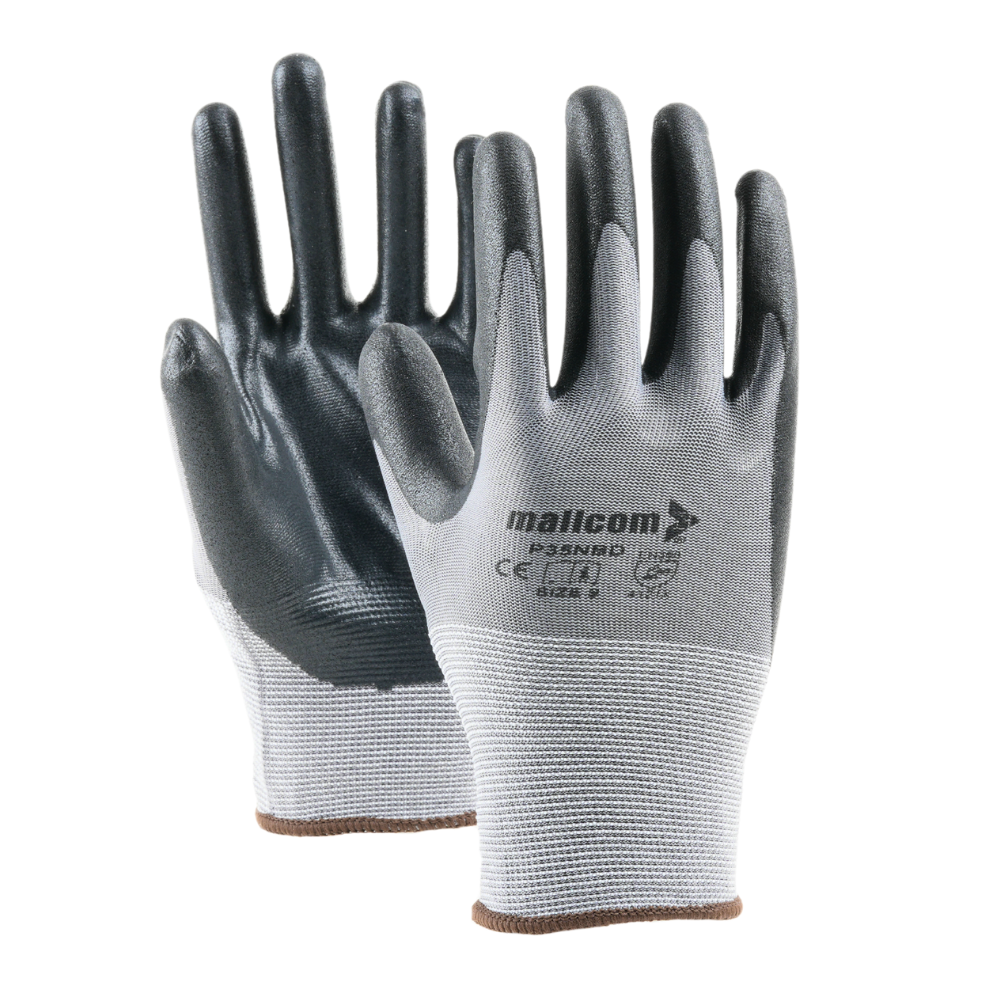
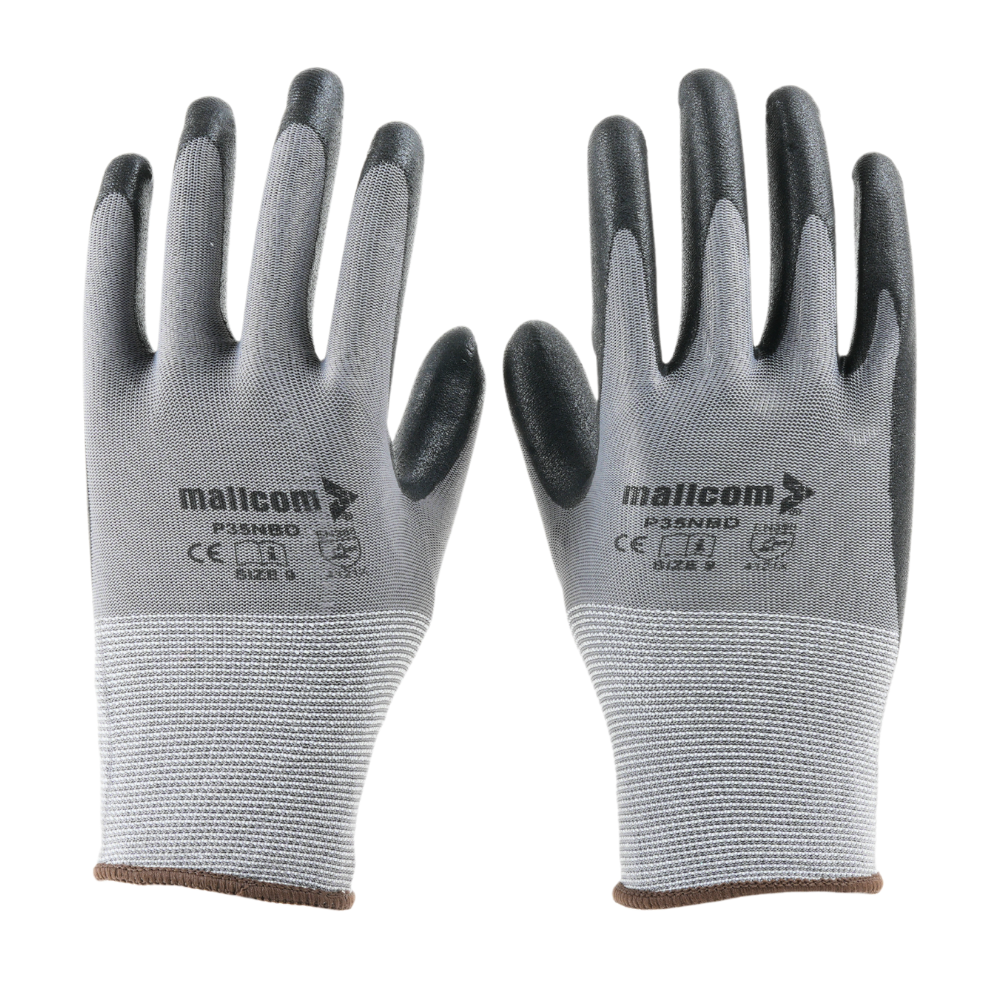
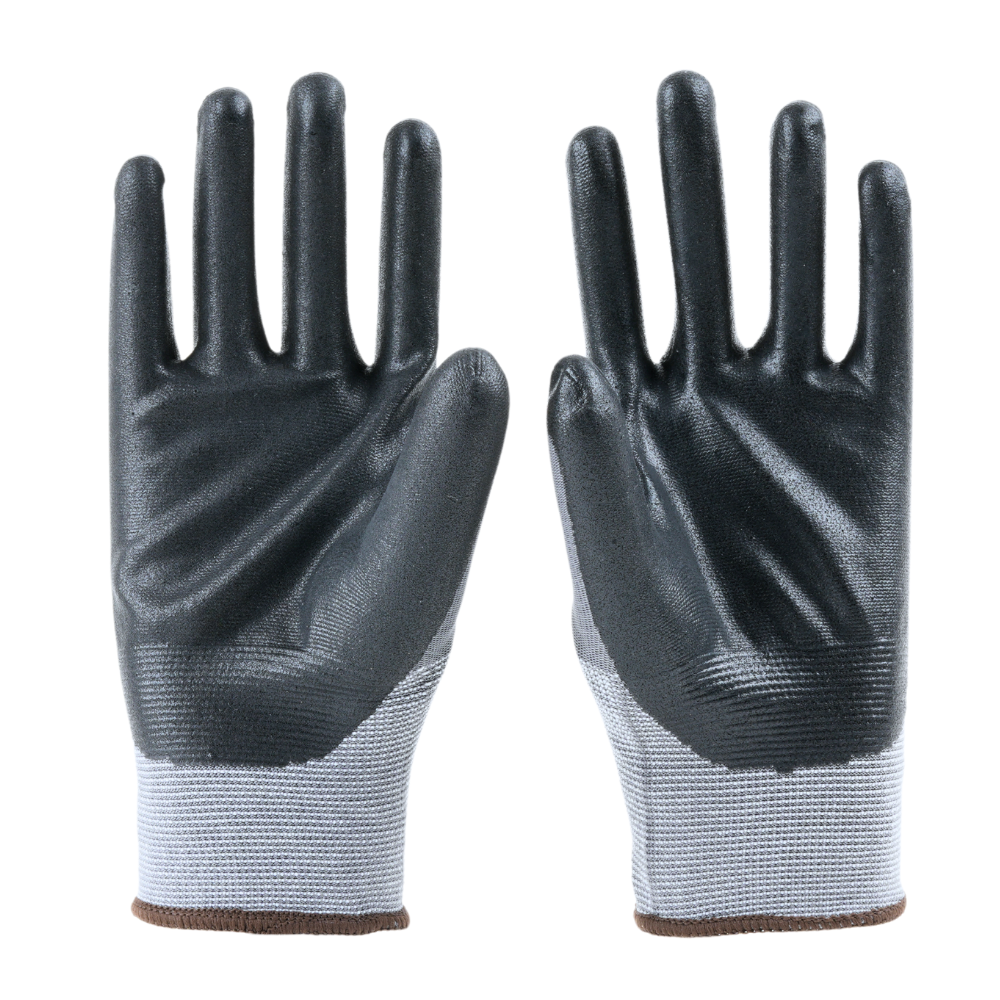
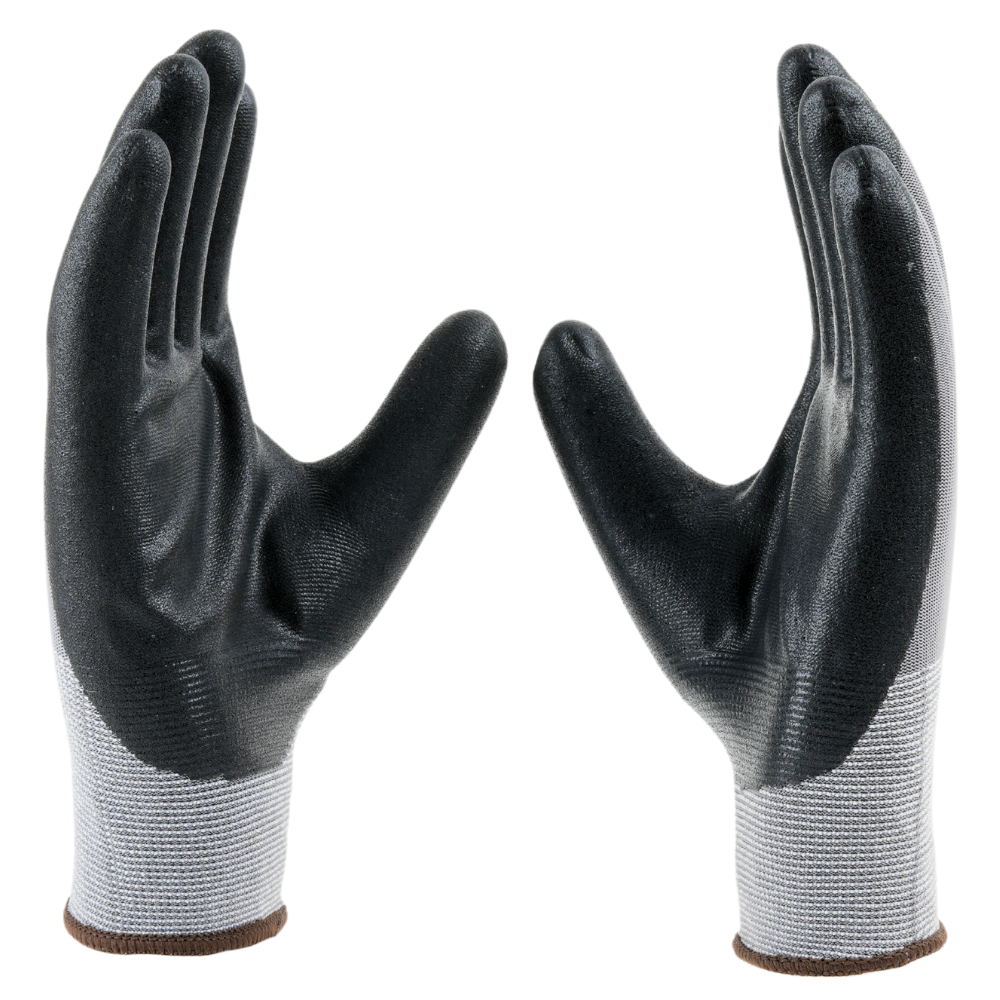
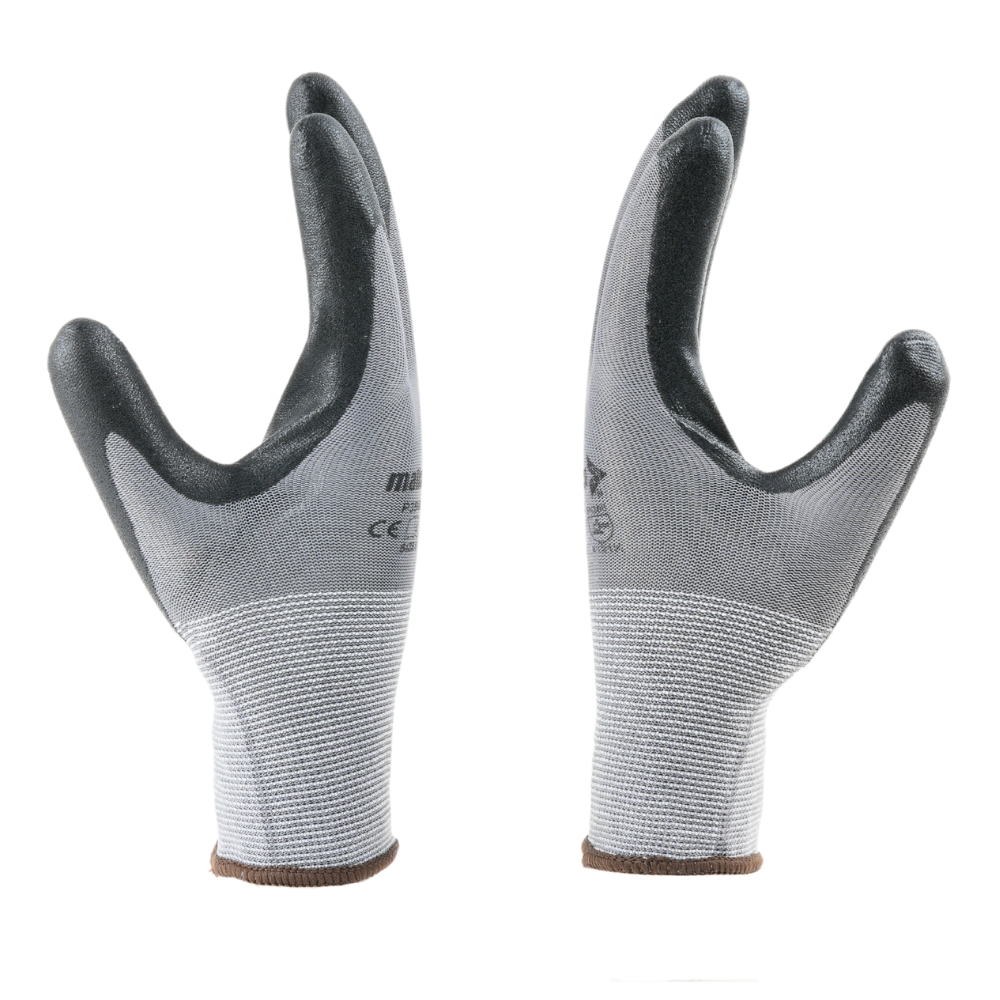
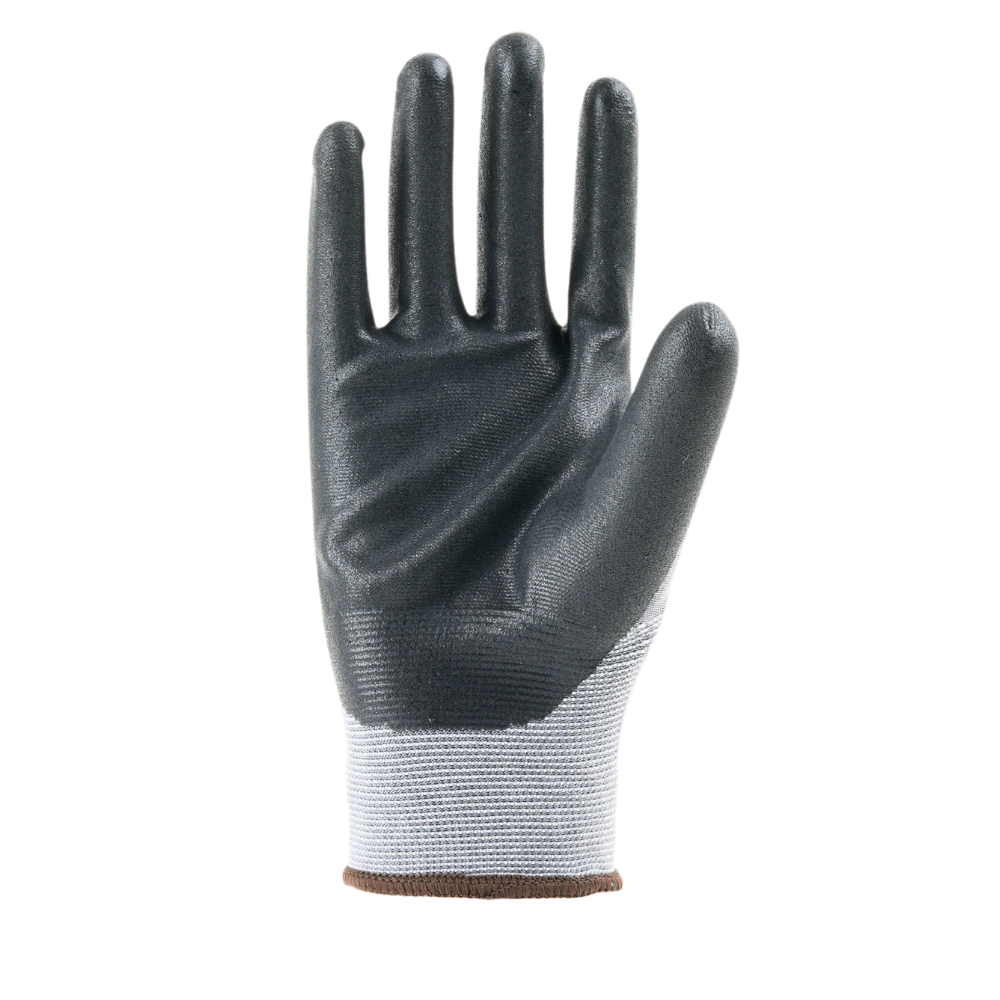
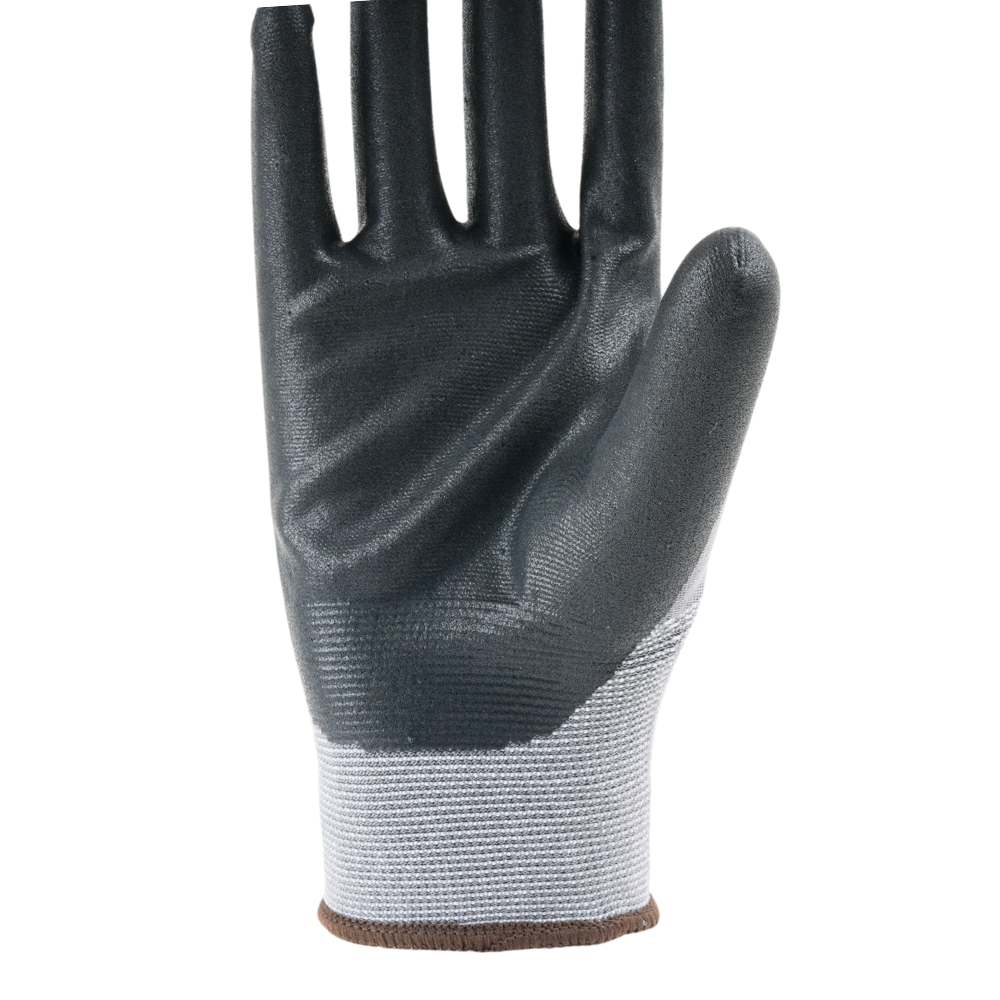
ABOUT THE DESIGN
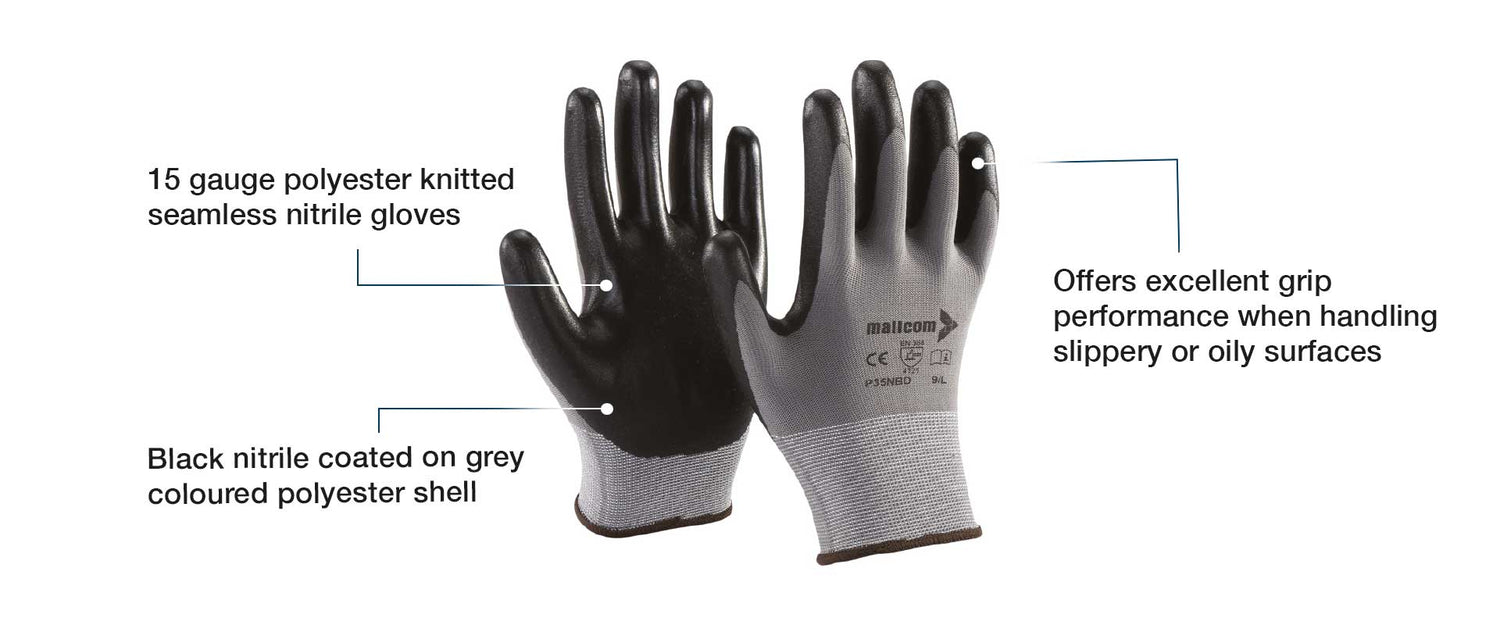
USEFUL IN THESE INDUSTRIES
AUTOMOBILE
CHEMICAL & PAINT
CONSTRUCTION
OIL & GAS

Product Features
ABOUT THE DESIGN
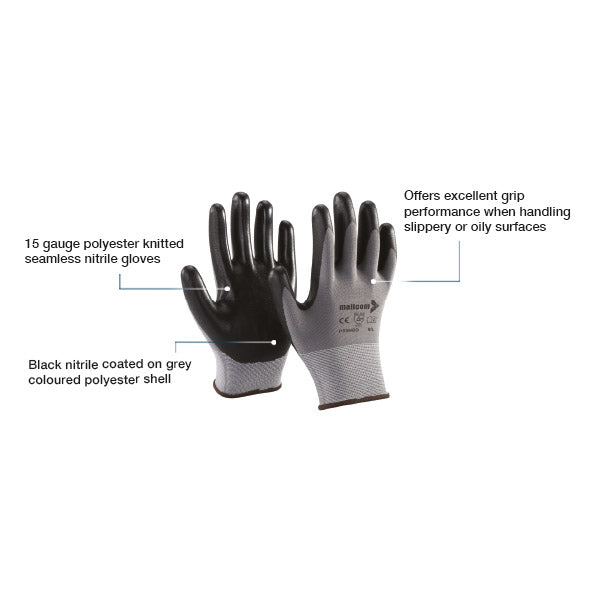
USEFUL IN THESE INDUSTRIES
AUTOMOBILE
CHEMICAL & PAINT
CONSTRUCTION
OIL & GAS
Product Details
